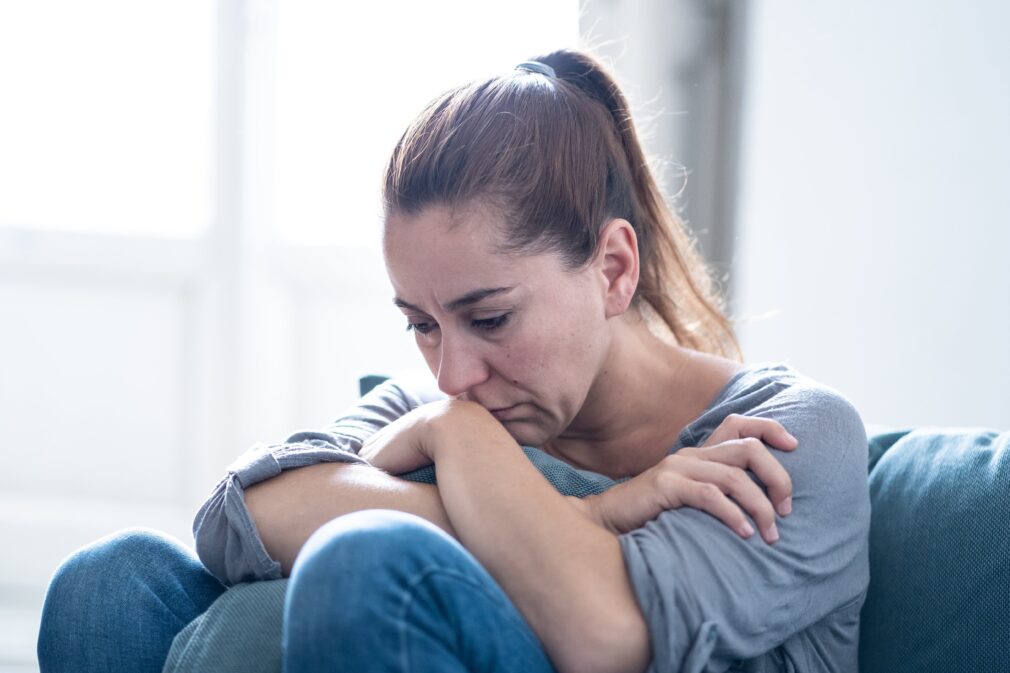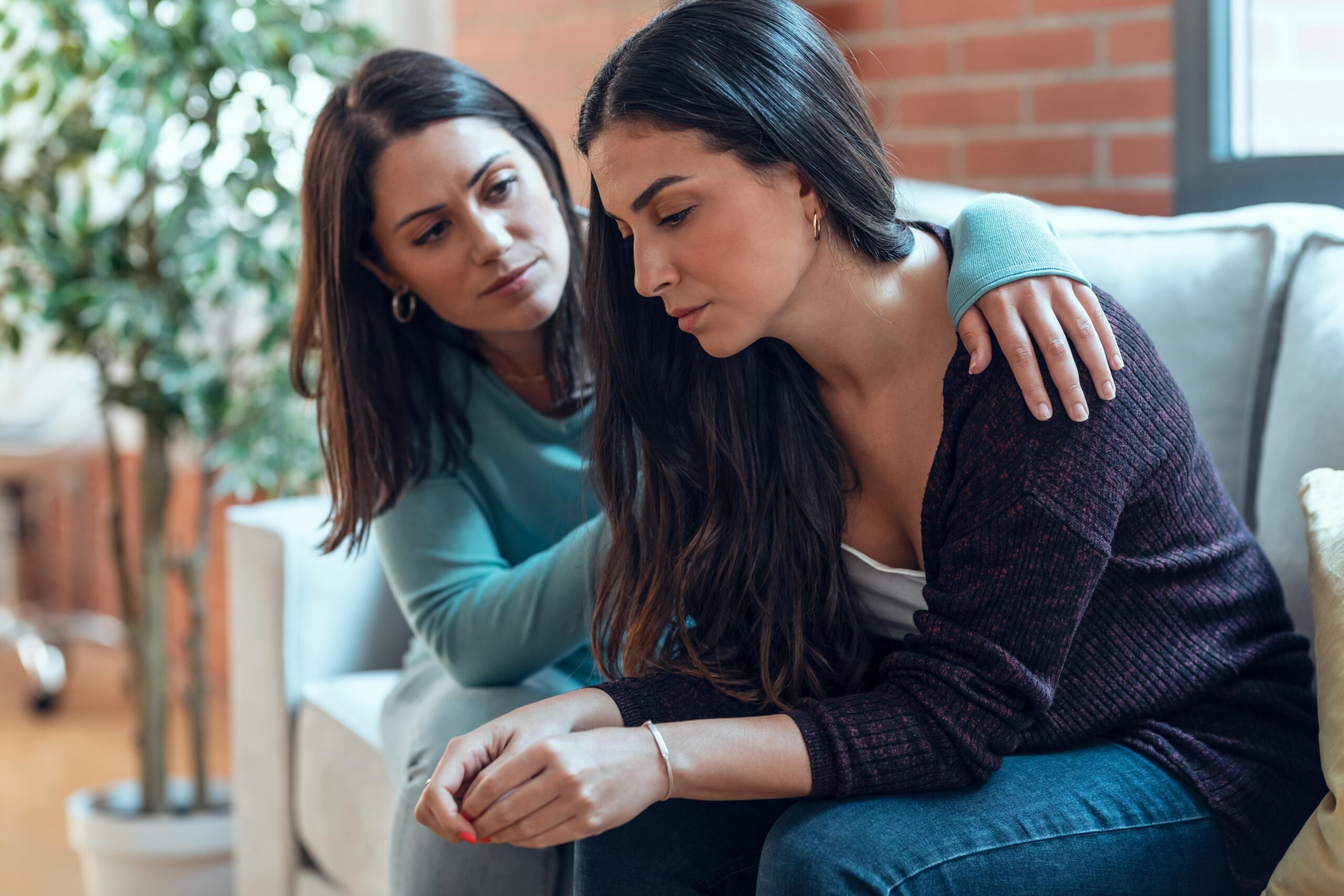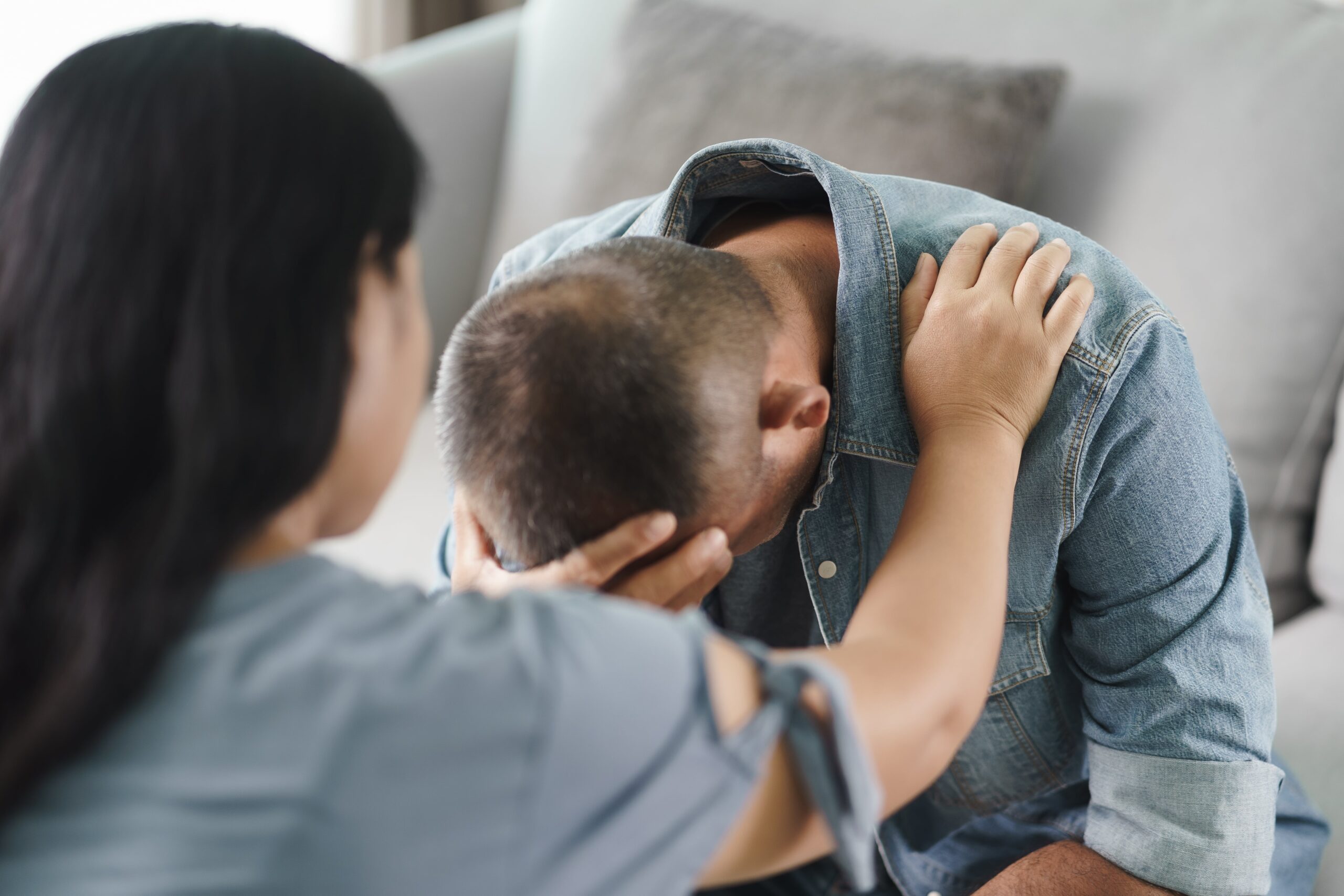
Situational Depression vs. Clinical Depression: How Can You Tell the Difference?
Depression is one of the most common mental health disorders in the world. It affects the way men and women live their lives every day. Knowing the signs and symptoms of depression is essential to seeking the proper help for any individual suffering.
While there are many types and subtypes of depression, this mood disorder can be broken down into two main categories: situational and clinical. In this blog, we’ll review the differences between situational depression vs. clinical depression, as well as offer tips on how an individual can find the right treatment program for their symptoms.
What is Situational Depression?
Situational depression is a condition often used as an informal term to describe what is formally diagnosed as an Adjustment Disorder with Depressed Mood.
This disorder involves symptoms of depression that are most often related to stress. The feelings of depression are usually triggered by a recent traumatic event, sudden stress, or a major life change.
Signs of Situational Depression
One of the reasons people often get confused when learning the differences between situational depression vs. clinical depression is because of the similarity of their symptoms. However, someone who is struggling with situational depression can often be seen as cold or irritable in regard to a certain event or circumstance.
In other words, their symptoms seem to revolve around a singular element in their life rather than an overall outlook on the world around them. The signs of situational depression can vary between physical changes as well as emotional or mood changes. Below, we’ve listed some of the most common symptoms.
Physical Symptoms:
- Tearfulness or frequent crying spells
- Extreme weight loss or gain
- Sleeping difficulties
- Restlessness or slowed behavior
- Tiredness or loss of energy
Emotional Symptoms:
- Feelings of low mood and sadness
- Feelings of hopelessness
- Lack of motivation
- Poor concentration
- Trouble making decisions
- Loneliness or social isolation
- Withdrawing from normal activities
- Irritability
- Thoughts of suicide
While some people don’t think that situational depression is as serious as clinical depression, it’s important to remember that if you or someone you know is experiencing these symptoms for at least two weeks they should seek help.
Situational depression symptoms can become just as overwhelming as other behavioral disorder symptoms. This means they can result in someone having trouble achieving daily tasks.
Note: If you or someone you know is experiencing suicidal thoughts, call 800-273-8255, go to your local emergency room, or visit this website for immediate help.
Situational Depression Treatment Options
Since situational depression is often a natural response to a traumatic event, mild cases can usually be resolved without active treatment. Typically, the person suffering will be relieved of symptoms with time passing, the situation improving, or the person recovering from the life event which triggered symptoms in the first place.
Most cases of situational depression are short-term, however, there are some strategies that can help reduce the effect of the symptoms. These include but are not limited to the following:
- Regular exercise
- Eating a well-balanced diet
- Keeping to a regular sleeping schedule
- Talking to loved ones
- Joining a formal support group
- Taking up a hobby or leisure activity
People who find it more challenging to recover may consider seeking consultation from a mental health professional for further guidance. For example, if the issue causing situational depression revolves around family dynamics or difficulties, a professional may suggest family therapy.
In additon, there are severe cases where a person may receive a prescription for medication to take for a period of time. However, it’s important to remember that self-medicating is not a solution and can be more dangerous than helpful. Only take medication if a mental health professional or doctor has prescribed it to you.

What is Clinical Depression?
Clinical depression ranges from mild states of low mood to severe long-term symptoms that negatively affect a person’s quality of life. The key difference to remember when comparing situational depression vs. clinical depression is the spectrum of the symptoms.
When a person’s depressive symptoms reach a chronic end of the spectrum, the person will need to seek professional help. A mental health professional will be able to determine if the person requires a true diagnosis of clinical depression.
Clinical depression can be broken into two main types: major depressive disorder (unipolar depression) and the depressive phase of bipolar disorder. These two types can be differentiated by the various symptoms each presents.
Signs of Clinical Depression
Major depressive disorder and the depressive phase of bipolar often show different signs or symptoms. Below, we’ve listed the most common signs of clinical depression, both physical and emotional, for each type of clinical depression.
Major depressive disorder is what people typically think of when they hear the term “depression.” This type affects how you think, feel, and behave. People experiencing major depressive disorder often have multiple episodes where symptoms can be more severe and last nearly every day for at least two consecutive weeks. These symptoms include but are not limited to the following:
- Sadness and feelings of emptiness
- Loss of enjoyment of hobbies, work, or other activities
- Appetite changes (weight loss or weight gain)
- Trouble sleeping (sleeping too much or sleeping too little)
- Feeling “slow-moving”
- Feeling excessively agitated
- Tiredness, fatigue, and lack of energy
- Feelings of worthlessness and guilt
- Problems concentrating/focusing
- Problems making decisions or making poor decisions
- Thinking about suicide or attempting suicide
- Physical symptoms such as body aches, upset stomach, and/or headaches
Note: If you or someone you know is experiencing suicidal thoughts, call 800-273-8255 or visit this website for immediate help.
Depression can sometimes be a feature of another mental health disorder known as bipolar disorder. People who are struggling with bipolar disorder alternate between episodes of severe sadness (depression) and periods of extremely elevated moods or mania.
The depressive phases will mirror symptoms similar to major depressive disorder. The key difference is found in a person’s manic episodes. During the manic phase, a person’s symptoms are at the opposite end of the symptom spectrum. These manic signs include:
- Increased energy
- Sleeplessness
- Irritability
- Rapid speech
- Hyper-sexual behavior
- Racing thoughts
- Grandiose ideas
- Greatly increased activity
- Impulsivity
- Poor judgment or decision-making
Treatments for Clinical Depression
When comparing situational depression vs. clinical depression, you’ll find that there are some differences in treatment options. Treatments for clinical depression will vary depending on the severity of an individual’s symptoms.
People suffering from depression can seek professional help as well as adopt certain self-care practices in their everyday lives. Below, we’ve compiled a list of some of the common ways an individual can get treated for clinical depression.
Talking Treatments
One of the most beneficial and common treatments for clinical depression is Cognitive Behavioral Therapy (CBT). This type of therapy works to help you understand your thoughts and behaviors and how they affect your mood and lifestyle.
A key element in CBT is to recognize that events in your life may have shaped you, but concentrating on how you can change the ways you think, feel, and behave in the present is what will help you recover. This happens by learning how to overcome negative thoughts and challenge negative feelings.
Typically, it’s recommended that someone sees a therapist once a week or once every two weeks. Each session can last anywhere from 30 to 60 minutes and there could be a total of 5 to 20 sessions total. However, it’s important to remember that the duration of CBT varies with each individual based on the severity of their depression.
Medication
Someone who is struggling with clinical depression that’s moderate to severe may be instructed by their mental health professional to take medication. Antidepressants are types of medications that treat symptoms of depression.
Since depression can be a complex mental health disorder, there are multiple types of antidepressants. It’s important to know that medication can only be prescribed by a doctor or Nurse Practioner. After meeting with a medical professional, they can help decide which antidepressant medication will be the most effective for your specific situation.
Combination Therapy
Many times, a professional will suggest or require you to take part in a combination of both talking treatments and medications. This is especially true for more severe depressive cases.
This means an individual may be prescribed antidepressants and also go to therapy sessions once a week. Research has indicated that the combination of therapy and medication is generally more effective than either of these treatment modalities alone.

Looking at the differences between situational depression vs. clinical depression can be vital in seeking the proper treatment for an individual’s specific symptoms. The most important thing to remember when researching depression is that the help of a mental health professional is crucial to finding relief and feeling like yourself again.

